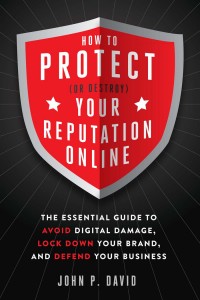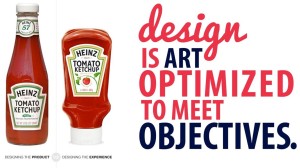 Late last year, I met author and customer experience sage Brian Solis. My blog post about my conversation with him, Is Customer Experience the Next Killer App?,was one of the most widely shared, liked and tweeted blogs that I have ever written. And since then, you can’t swing a dead cat without hearing a marketer chime-in about improving the customer experience, or CX, as we cool people like to call it. I had a follow-up call with Brian recently as he transferred from car to plane on one of his many worldwide speaking engagements and workshops discussing CX. Here are five questions and answers with Brian which will assist any business owner or executive who wants to improve the customer experience in their business.
Late last year, I met author and customer experience sage Brian Solis. My blog post about my conversation with him, Is Customer Experience the Next Killer App?,was one of the most widely shared, liked and tweeted blogs that I have ever written. And since then, you can’t swing a dead cat without hearing a marketer chime-in about improving the customer experience, or CX, as we cool people like to call it. I had a follow-up call with Brian recently as he transferred from car to plane on one of his many worldwide speaking engagements and workshops discussing CX. Here are five questions and answers with Brian which will assist any business owner or executive who wants to improve the customer experience in their business.
John P. David: When did you realize that customer experience is the new brand? Did it hit you in the shower or was it an evolution?
Brian Solis: I definitely see it as an evolution. I have tracked and researched customer relationship trends for many years, and when I looked at the iconic brands, I believed that their successes were bigger than the products and bigger than the brands themselves. Iconic brands like Apple and Disney offer more. I have been studying the issue for more than seven years and spent the last three years working on the book, X: The Experience When Business Meets Design.








